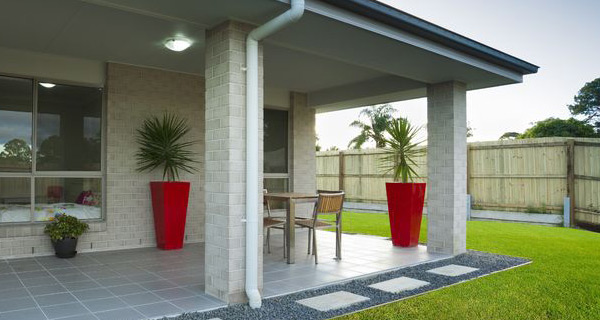June 21, 2016
 In a previous blog post we discussed FHA adjustable rate mortgage loans and looked at some aspects of how these loans work. FHA adjustable rate mortgages, also known as ARM loans or FHA ARM loans, feature an introductory rate that the borrower and lender will negotiate.
In a previous blog post we discussed FHA adjustable rate mortgage loans and looked at some aspects of how these loans work. FHA adjustable rate mortgages, also known as ARM loans or FHA ARM loans, feature an introductory rate that the borrower and lender will negotiate.
This rate will expire at some point and the new rate will be calculated. The interest rate adjustments over the lifetime of the loan are regulated by an FHA requirement that includes a cap on the amount and severity of the rate changes.
As we discussed in the last blog post, there are four components to an ARM loan you should know, which include the following:
1. index
2. margin
3. interest rate cap structure
4. initial interest rate period (also known as a “teaser rate” period)
We discussed the margin and the index in our previous blog post. Please refer to it if you need a reminder of how this part of the FHA ARM loan works. When it comes to the interest rate cap and the structure of this cap, borrowers should know a few basics as described on the FHA official site.
“The interest rate cap structure provides some protection from large interest rate swings. There are two types of caps: (1) annual, and (2) life-of-the-loan. The annual cap restricts the amount your interest rate can change, up or down, in any given year, while the life-of-the-loan cap limits the maximum (and minimum) interest rate you can pay for as long as you have the mortgage.”
According to the official site, FHA single family home loans feature a standard 1-year ARM, but also four “hybrid” ARM loan options. You may find some or all of these options available from a participating lender. According to the FHA, “Hybrid ARMs offer an initial interest rate that is constant for the first 3-, 5-, 7-, or 10 years. After the initial period, the interest rate will adjust annually.”
Here is a breakdown of the interest rate cap structures for FHA ARM loan products:
1- and 3-year ARMs may increase by one percentage point annually after the initial fixed interest rate period, and five percentage points over the life of the Mortgage.
5-year ARMs may either allow for increases of one percentage point annually, and five percentage points over the life of the Mortgage; or increases of two percentage points annually, and six points over the life of the Mortgage.
7- and 10-year ARMs may only increase by two percentage points annually after the initial fixed interest rate period, and six percentage points over the life of the Mortgage.
That information can be very helpful when it comes time to decide what kind of ARM loan to apply for. Borrowers have different reasons for choosing an ARM loan, but one thing that is very helpful to know is that it’s possible to refinance out of an ARM and into an FHA fixed rate mortgage loan using an FHA Streamline Refinancing loan. Some borrowers plan on doing this when the introductory or “teaser” rate expires, others may have different long-term plans or goals for their home loans.
Do you work in residential real estate? You should know about the free tool offered by FHA.com. It is designed especially for real estate websites; a widget that displays FHA loan limits for the counties serviced by those sites. It is simple to spend a few seconds customizing the state, counties, and widget size for the tool; you can copy the code and paste it into your website with ease. Get yours today:

